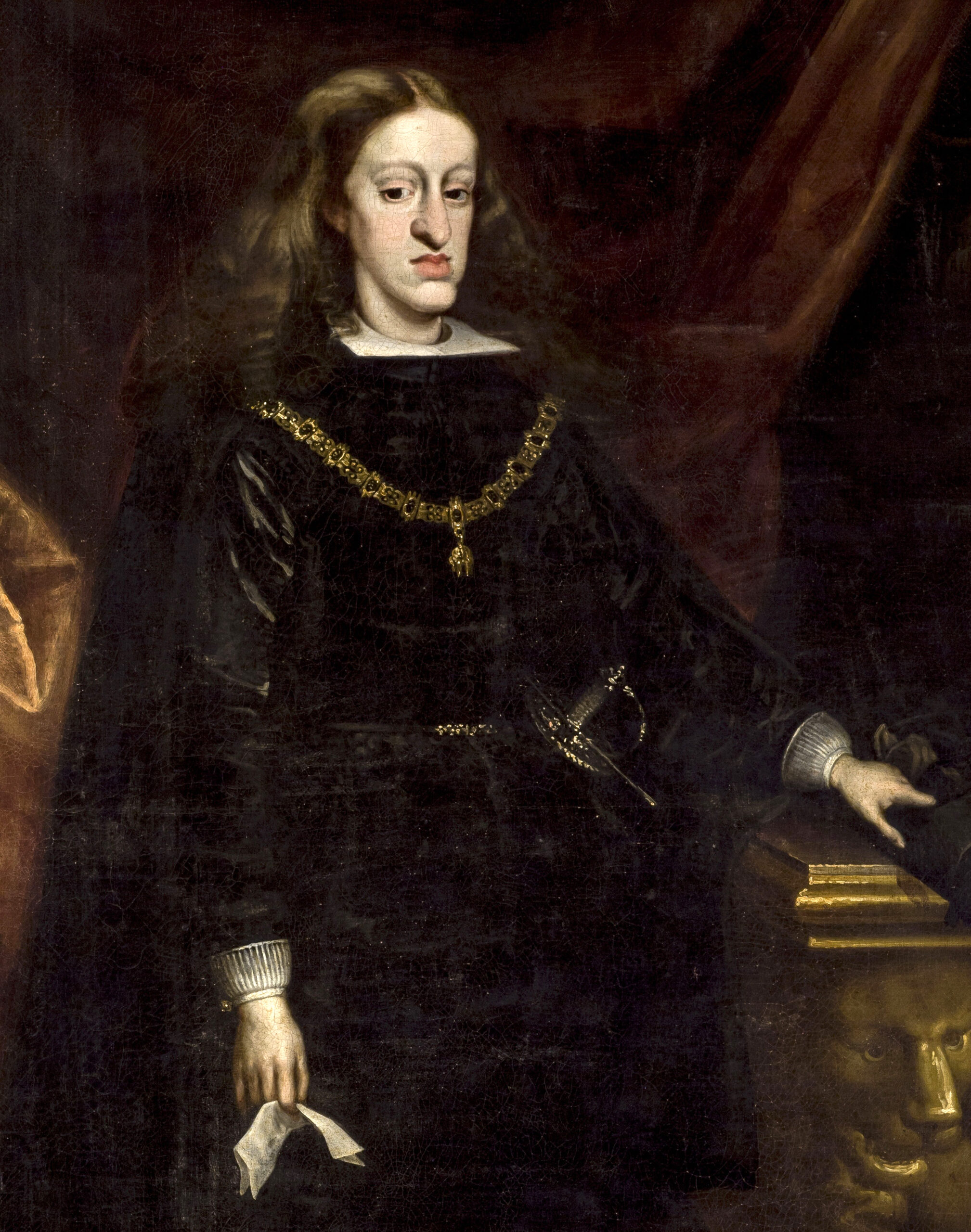Carlos II “the bewitched”, has been the most reviled king in the history of Spain, to which he passed as a “disastrous” monarch despite the fact that few like him demonstrated his “fortitude and dignity”, says the author of historical novel Juan Pedro Cosano, who attributes this “black legend”, above all, to his extreme ugliness.
“He was condemned to that black legend due to the injustice of appearance and his inability to procreate,” Cosano assures Efe about Carlos II (Madrid, 1661-1700), the last of the Spanish Habsburg dynasty that gave way to the Bourbons .
This writer dedicates his latest novel, Nobody will be able to love him like me (Espasa), in which he exposes his suspicions about his poisoning.
At the age of 18, Carlos II married María Luisa de Orleans for the first time, who died ten years later. It was a marriage ordered by the bride’s uncle, the Sun King, something that at first horrified the young woman because her destiny was to marry possibly “the ugliest, most monstrous and deformed man in Europe,” says the author.
But after years of marriage, María Luisa de Orleans loved her husband, a “just and fair” man, although they have no offspring, says the author, who titles his book with the phrase that the queen addresses to her husband in bed death.
The presumed infertility of the queen had been the talk of the court (“if Paris, Paris to Spain, if not Paris, to Paris”, they said about her at the time) and they put her in the crosshairs of the different factions that they do not stop conspiring until she falls ill, making her suspect that she has been poisoned.
Upon his death, Carlos II ordered an investigation into the playwright and confidant Francisco Antonio de Bances y Candamo, who is the common thread of the novel, a political “thriller” that portrays the political, national and international interests hidden behind the possible poisoning of queen Maria Luisa.
More than 300 years later, the death of María Luisa de Orleans is still surrounded by mystery and there is no conclusive evidence that she was poisoned, although the author maintains that as he has investigated, he has more and more suspicions that it was so.
In his book he paints a portrait of Charles II away from the clichés of the time and perpetuated throughout history about this monarch who was called, in addition to “the Bewitched”, “the Disfigured”, “the Sad” or directly “the fool”.
Juan Pedro Cosano criticizes the “disastrous” perception of this king due to his physical appearance and health, which reflected the consequences of centuries of inbreeding. He inherited a ruined country in full decline and had to deal with the Sun King, but in his way of reigning he gave no reason to be condemned and reviled in that way, something that was due “to the injustice of physical appearance of the”.
Other kings did worse and were not mistreated as he was, says the writer, who explains how Carlos II imposed fiscal and administrative measures that Spain needed, even if they were unpopular, and maintained the empire.
And, above all, indicates Cosano, aware of his weakness, he knew how to surround himself with the best and a “really competent” government, something that demonstrates his dignity and humility, he maintains.
On the death of the queen, the novelist considers that everyone was interested: the Spanish nobles, who were concerned that Carlos II had no offspring; Louis XIV, who held dynastic rights over the Spanish crown, and the German Emperor Leopold, who was concerned about having the niece of his great French enemy on the Spanish throne.
Carlos II also had no offspring in his second marriage, with the German Mariana de Neoburgo, giving rise to the succession problem that resulted in the end of the Spanish Habsburg dynasty.
Conforms to The Trust Project criteria
















